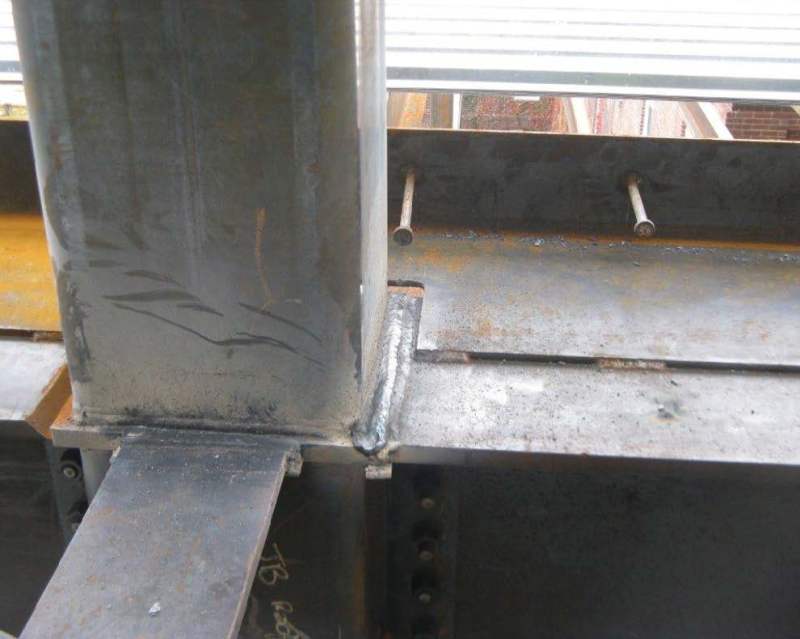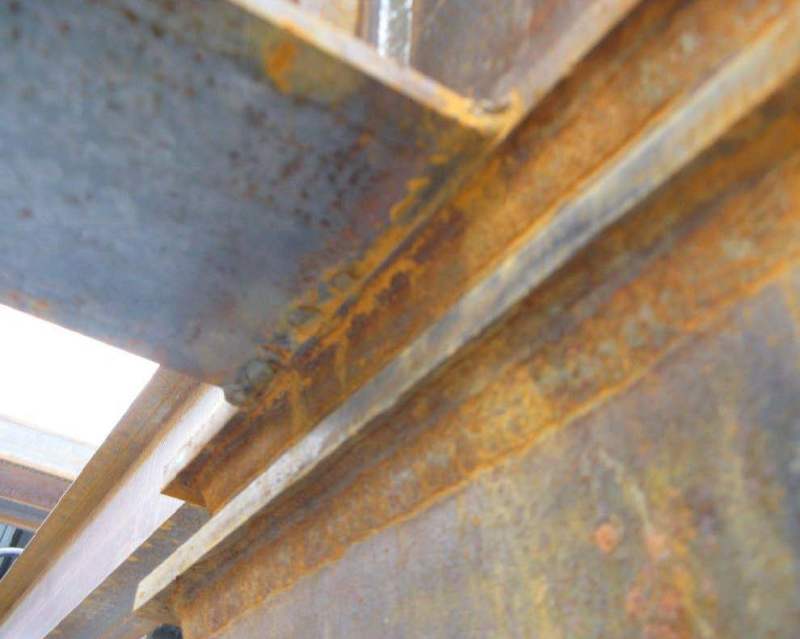sedonas
Structural
- Oct 16, 2015
- 82
When you weld two wide flange together by cutting them square... would it make sense to further strengthen the web by putting cover plates over the web? Or over the flange?The purpose of flange is for tension and compression.. the web is supposed to be only for shear? Which to focus more in welding.. But if you weld cover plates on the flange.. won't it weaken the flange by having many welded regions.. how do you weld your splices (that involves no bolted connection)?







